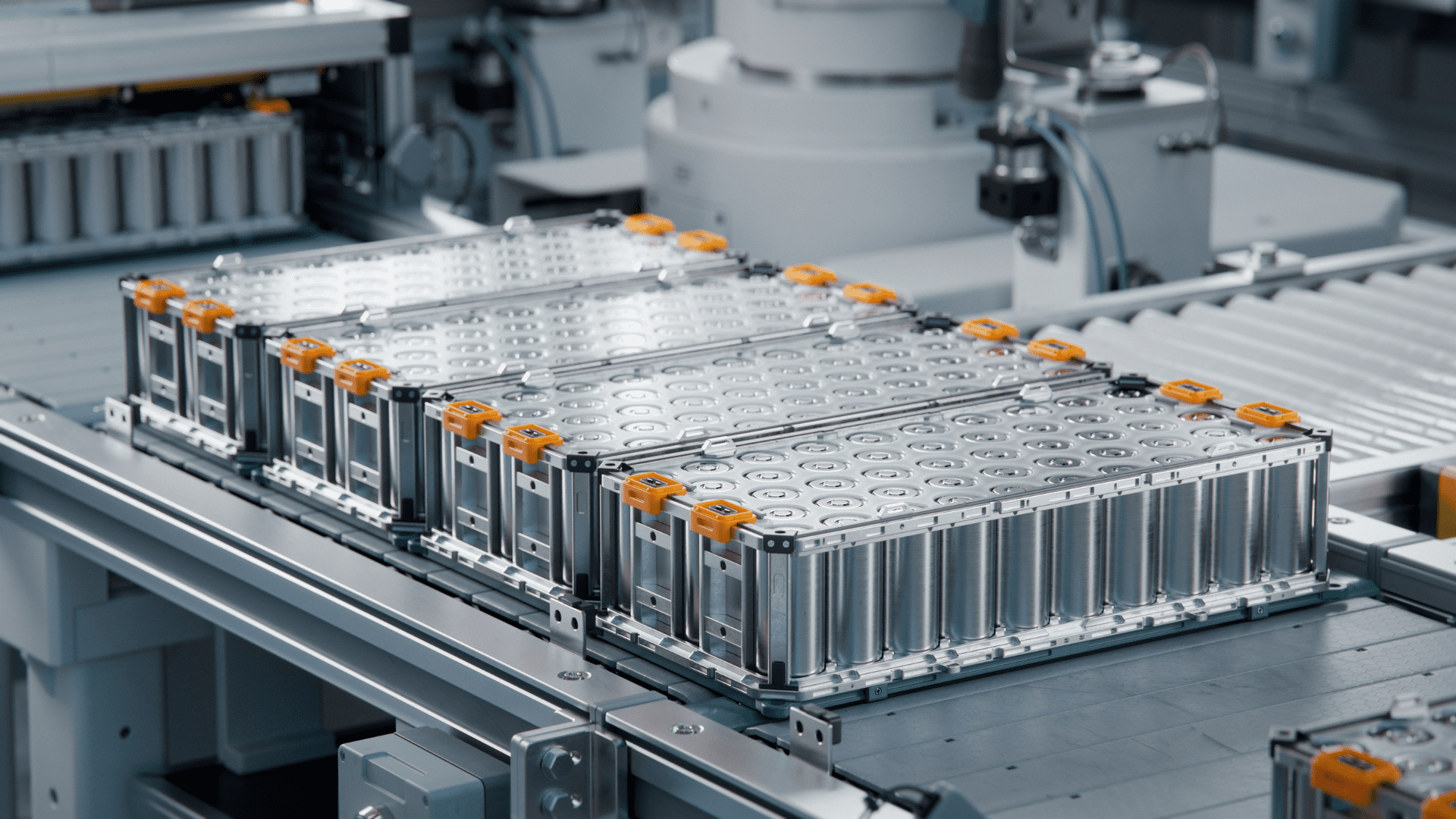In this episode of Tomorrow’s World Today, George journeys to Cincinnati to visit Tide headquarters and learn about both their history and new innovations they’re making in terms of sustainability. Through his journey, we learn how far laundry has come in terms of innovation and also how much room it has to grow. Unfortunately, though extremely innovative, the modern laundry model isn’t the most environmentally friendly. Between the excessive use of water, heating, and electricity… well, your clothes may be green, but doing your laundry certainly isn’t. But the good news is that there are many steps one can take to make their day-to-day laundry needs much more sustainable. Here are our top sustainable laundry tips.

Wash Clothes Sparingly
We know it can be tempting to toss your clothes into the laundry after every wear, but you don’t actually need to. The belief that clothes become ‘dirty’ after every wear is largely influenced by laundry product ads and we actually only need to wash our clothes after they become stained or stinky. By wearing clothes multiple times prior to washing them, you’ll limit your water and energy usage by not having to do laundry as often.
Use Less Detergent
Utilizing all of your resources to their fullest extent will help you create less waste in your laundry routine so make sure you’re not using too much detergent. We know you love your clothes to smell fresh and clean, but if you’re seeing more than a few suds in your machine then you’re using too much detergent. You likely won’t need the full cap-sized amount that is recommended by detergent companies so, once you have the perfect amount calculated, mark your cap with a sharpie to make it easier on yourself.
Use Cold Water
Heating water for your laundry can suck up a lot of energy, so turn the dial to cold water instead. In fact, according to Project Drawdown, the hot water used for showers, washing dishes, and laundry consumes one-quarter of residual energy used worldwide. You’ll wind up saving a lot of energy simply by using exclusively cold water for your garments. And, as a bonus, less fabric bleeding!
How to Sanitize
One of the main reasons people will insist on the hot water cycle is to help kill germs or bacteria on their garments. These invisible beasts may make you break out into a cold sweat, but you can be selective about what you sanitize. For example, your standard t-shirt and jeans aren’t crawling in bacteria but a bedsheet used while sick will need to be sanitized. For those items that do need extra cleaning power, use the dryer instead of the washer to clean them. Using the ‘sanitize’ cycle on your dryer instead of washing with heat will not only cut down on some energy usage but it will be just as effective in sanitizing your items.

Eco-Friendly Drying
Unshockingly, dryers are huge energy hogs. One way to make your laundry routine significantly more eco-friendly is to air-dry as much as possible. This is where the old-fashioned clothesline comes in handy. If, however, you feel that your clothes get too crunchy when they’re left to air-dry, you can also try a hybrid approach. Put your clothes in the dryer for the first ten minutes of the cycle and then take them out and hang them to dry. You’ll get the soft benefits of the dryer while still significantly cutting down on your energy usage.
Swap Out Detergent
If you really want to avoid making an environmental impact with your laundry, look into upgrading to a more eco-friendly detergent. This can come in a few different forms, this could either mean finding a more clean detergent or finding one that requires you to use less water. Many detergents are filled with chemicals and fragrances, traces of which can be found in our drinking water. To keep our recycled water supply as clean as possible, look for a laundry detergent that uses plant-based ingredients and is biodegradable rather than the stereotypical model of heavily fragranced and bleached products. If you’d simply like to reduce your water usage, however, look for a detergent product that requires less water to work effectively at treating your laundry. What are your favorite sustainable laundry tips?







